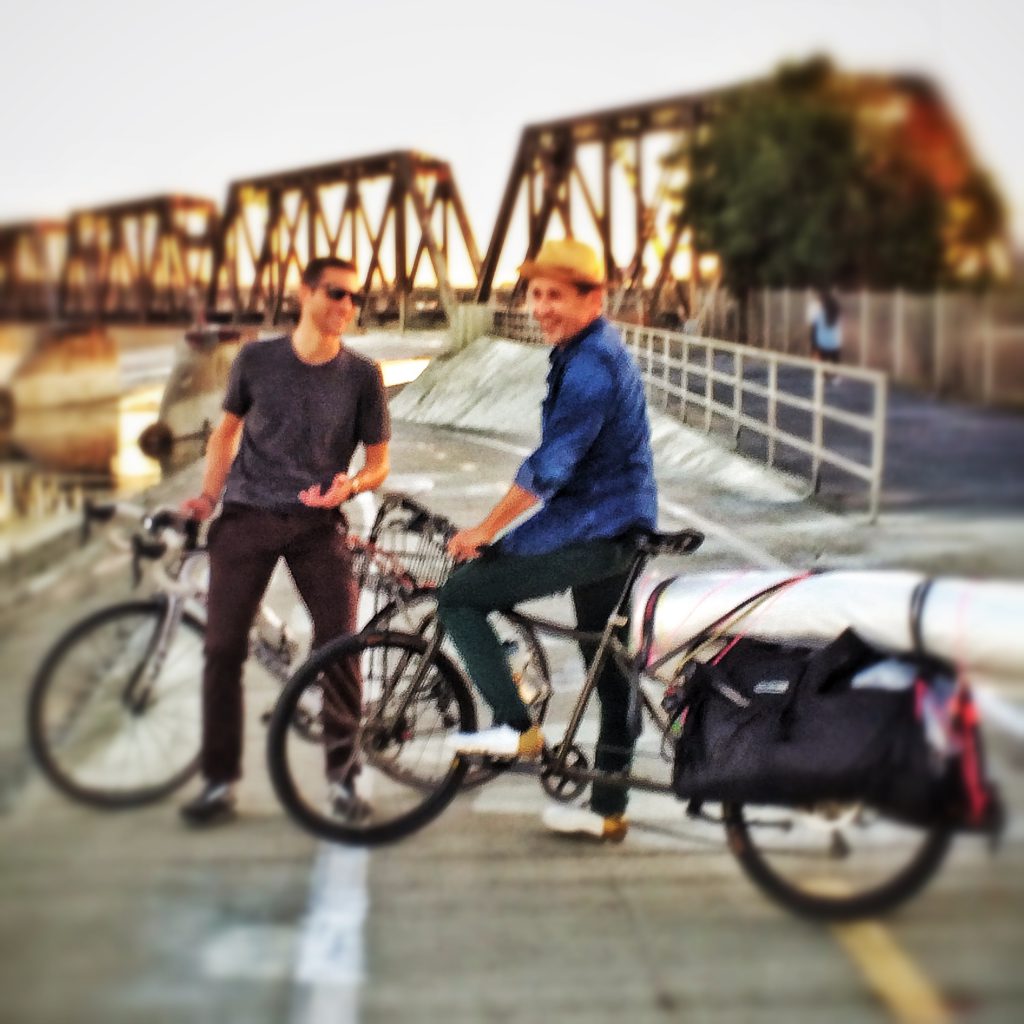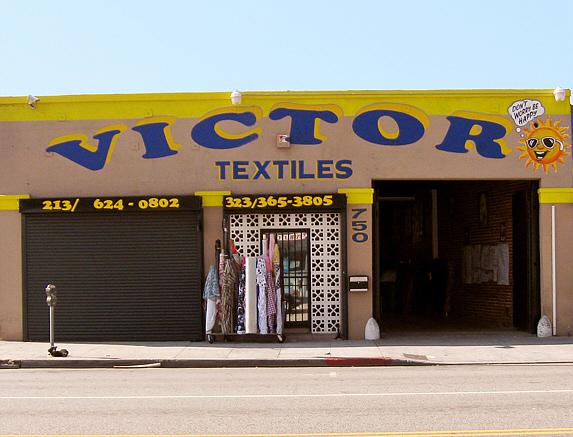Gonna add some QR codes to the Lucy-x-Chano merchandise offerings.
Just for Fun.
- Always Bad Ass
- Never Apologetic
- Pure AniMaux





Gonna add some QR codes to the Lucy-x-Chano merchandise offerings.
Just for Fun.





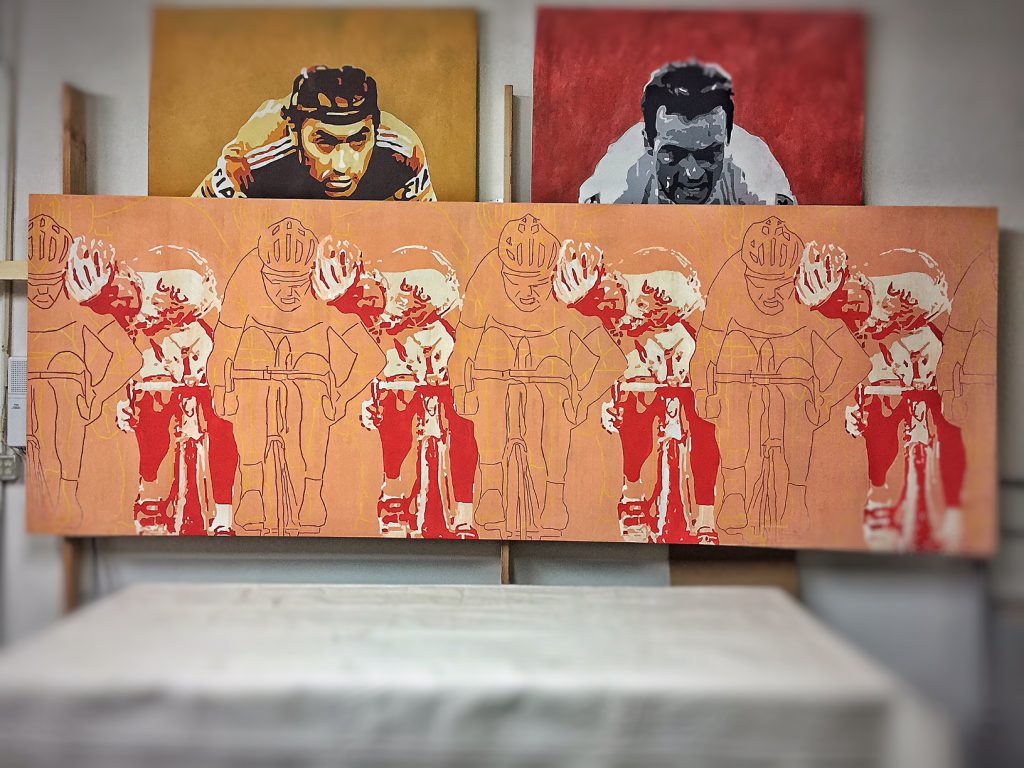
2005 Tour de France, Stage 3:
Lucy-x-Chano Legend Series
Robbie McEwen head butts Stuart o’Grady in the sprint. Tom Boonen, on the right, wins.
Painting Dimensions: 15’x5′
Once the first painting was completed it was obvious it fit the endless progression.
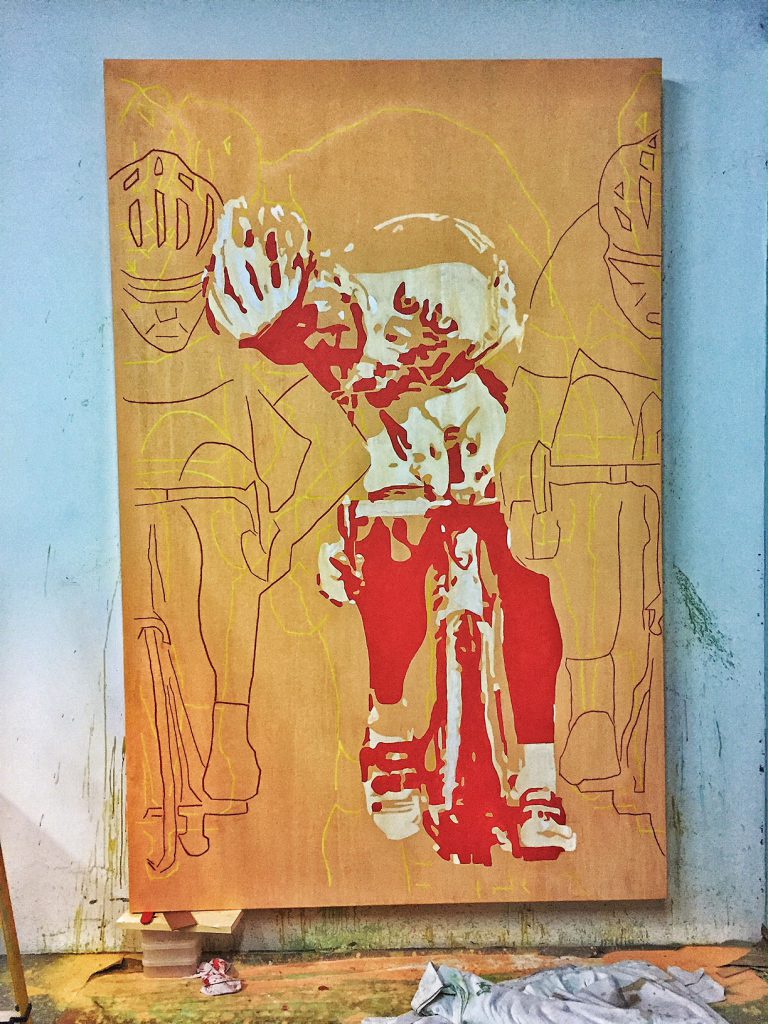
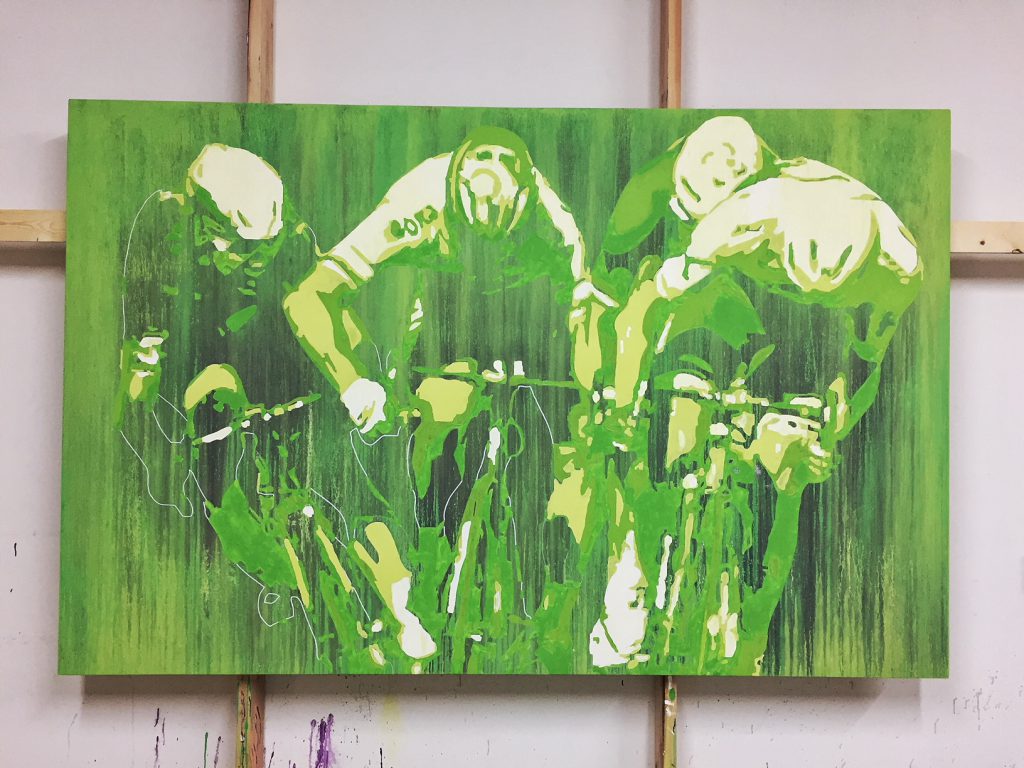
2017 Tour de France, Stage 4:
Lucy-x-Chano Legend Series: Large Painting Series: 8′ x 5′
Sagan & Cavendish bump and initiate an unfortunate series of events.
The zipper is one of the major components of the ride wallet and how it’s sewn onto the bag determines the overall construction of this cycling pouch and defines its inherent simplicity.
First, the zipper is attached to the outer shell along the length of the zipper but not along the entire length of the tape; it’s sewn onto the shell only along the edge of the zipper tape between the top and bottom limits of the stops. Then the loose ends are folded back and sewn down in a triangular shape so the jagged ends of the tape lie parallel to the sewn edge and essentially disappear under the finished seam. Beeswax is used to coat the end sections of the tape to add plasticity so the edges can be folded back flat. Waxing and hammering the tape helps to hold the shape so it can be sewn down with precision before Grosgrain tape is sewn on to complete the finished presentation and before top stitching. This bag uses a No.3 YKK reversed coil zipper. The coil zipper weighs about 5grams while the No.3 YKK Vislon weighs about 7grams (1gram =0.035oz). The coil zipper creates such an extremely light cycling pouch, although, I prefer the smoothness of YKK’s Vislon zippers. The coil zipper works well but the action has a little more “bind” to it.
A cycling wallet isn’t intended to have all the functionality of a your everyday wallet. Its purpose is, simply, to provide a convenient place to hold your ride essentials; phone, cash, credit card, ID and maybe some boots for emergency repairs and it keeps everything dry. The internal divider creates two compartments and helps keep things organized. The cycling wallet is not intended to be used as a tool and/or inner-tube pouch. It’s a flat envelope; sleek and slim. Personally, I like to keep tools and such in a separate bag and we have plans for tool pouches and rolls designed with “volume” in mind.
This cycling pouch is constructed from two weights of Dyneema composite fabric; .7oz for the outer shell and 1oz for the section that creates the interior compartments. Total weight: 10grams (.35oz). This is a Super Light Weight Ride Wallet.
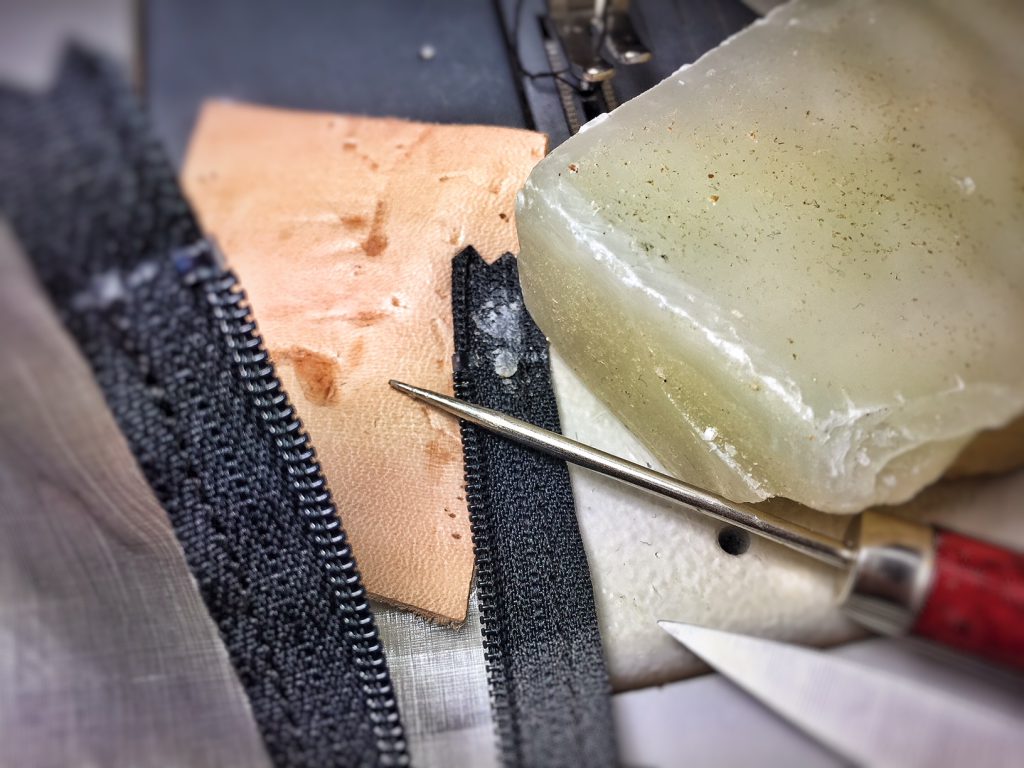
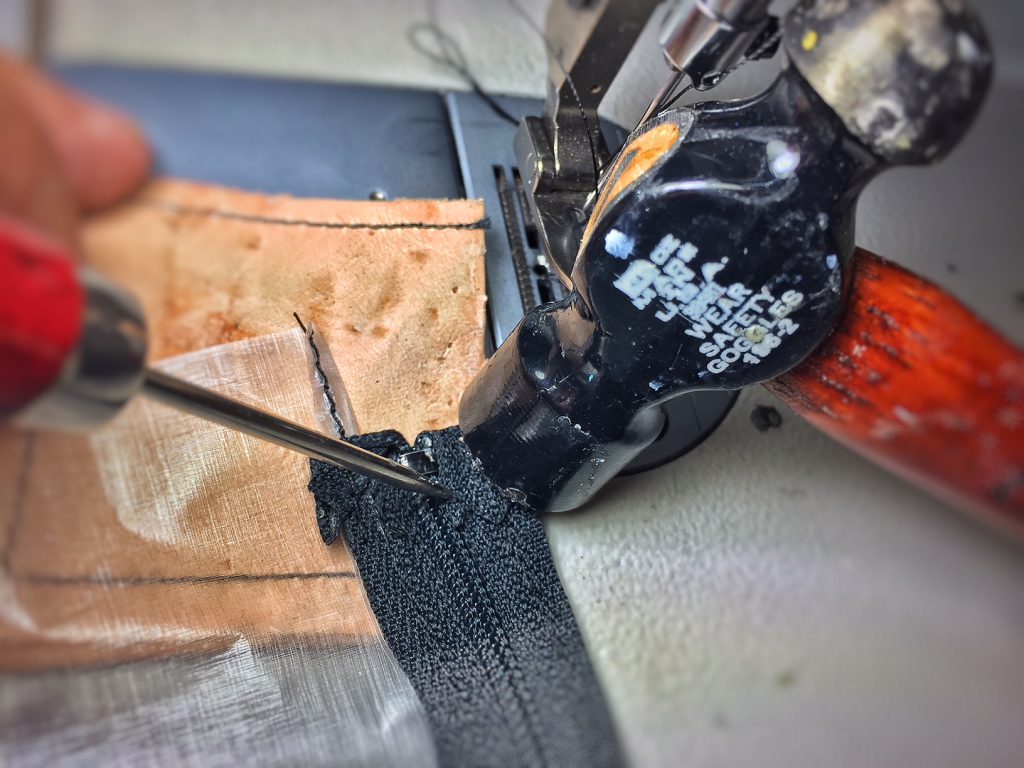


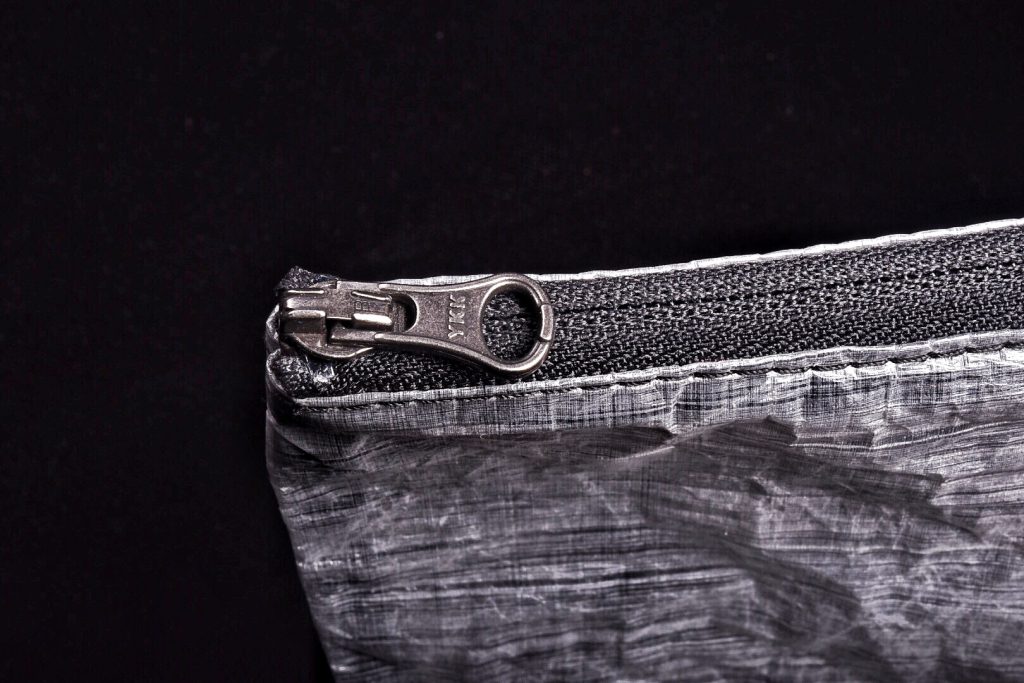
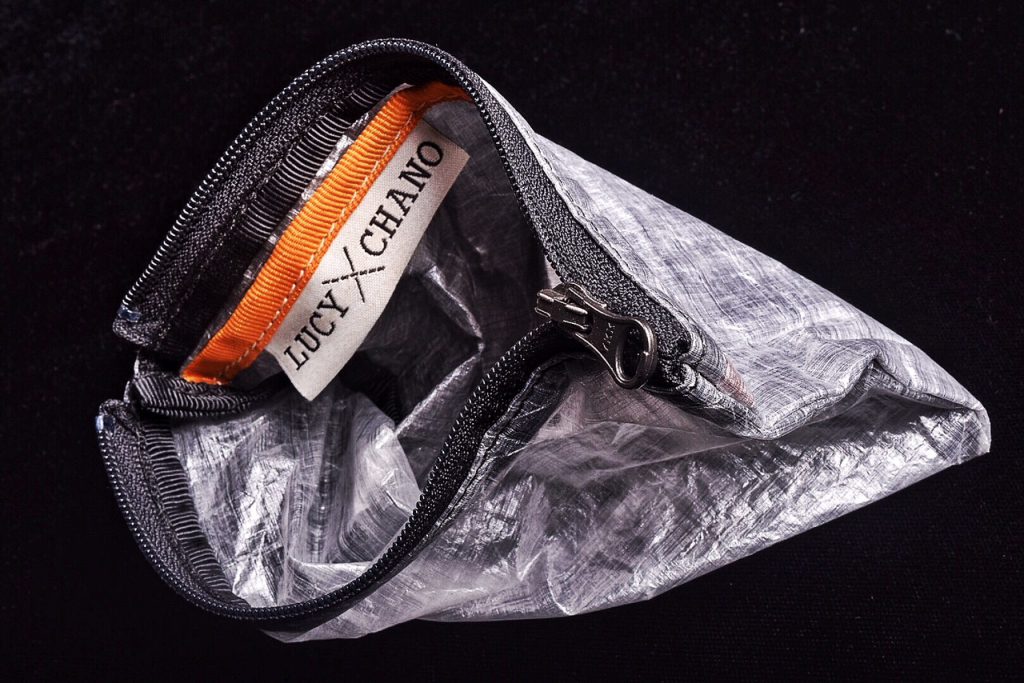
This brown cordura Lucy-x-Chano cycling musette uses a zipper for the closure instead of a snap at the top. The external pocket uses a simple snap to keep closed. The bag is fully lined with an interior pocket.
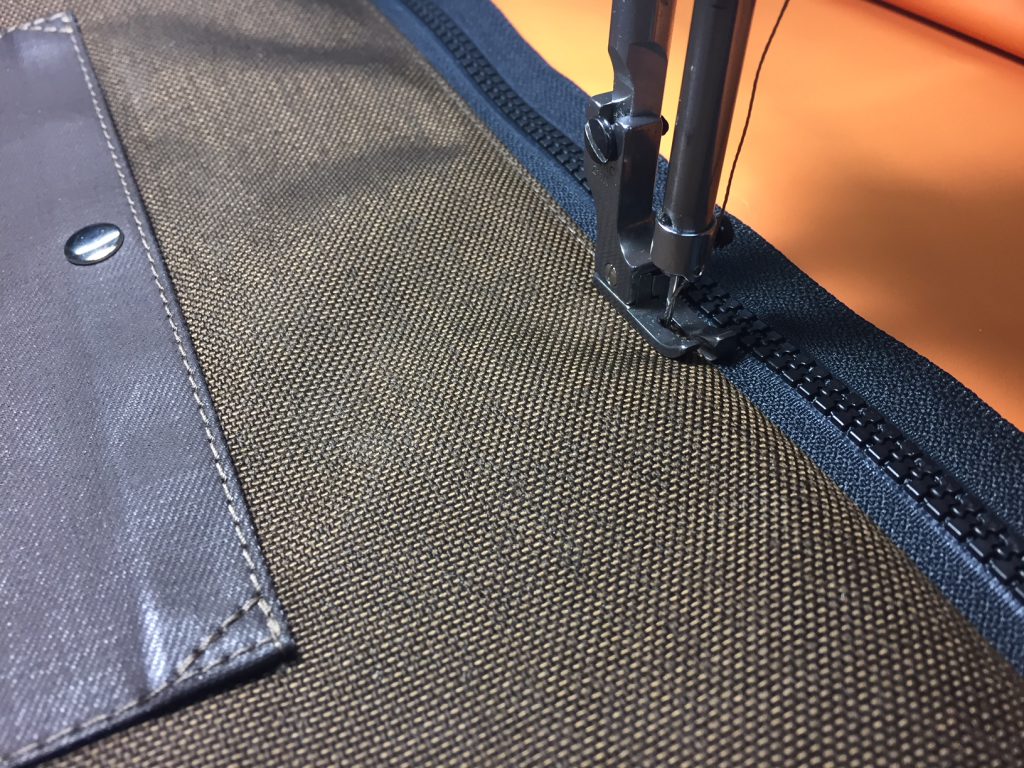
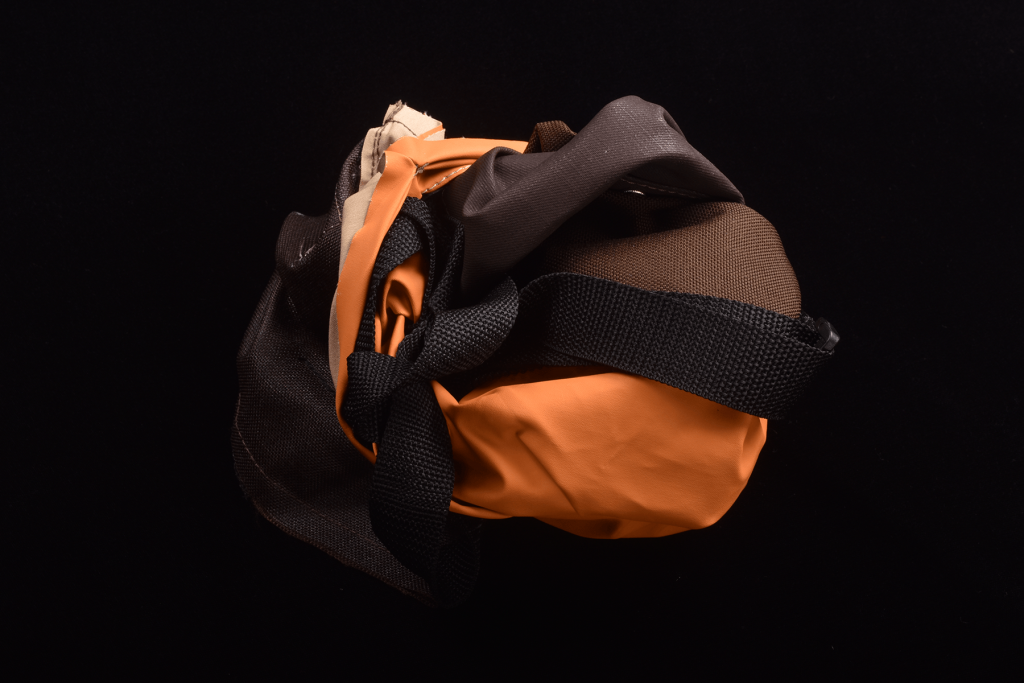

I shaved a tenth of an ounce off the bag.
The goal is to create the lightest cycling ride pouch available but maintain the essential durability characteristics and provide more than just a plain envelope.
In a previous version of this cycling bag the outer shell was constructed from two pieces so we could eliminate a full lining but still have an interior divider. One side of the Dyneema fabric is shiny and the other is a matte/flat finish so the divider was constructed from a folded piece of fabric so the shiny surfaces were faced together (hidden) and the matte finish was the visible surface. After deciding I didn’t mind exposing both sides of the fabric, the divider no longer needed to be two pieces or folded and no longer needed to be sewn into the bottom edge of the cycling bag, yet it still provides a compartment rather than just a simple partition. Removing the necessity of the bottom seam means the shell can be constructed from a single piece of material. Eliminating the seam at the bottom of the bag eliminates about 1/2″ of fabric (seam allowance on both pieces) and also the tape to cover the raw edges of the seam. Since the seams are taped to hide raw edges and not expressly to guard against moisture, one less seam means less moisture can potentially seep through the bag and is therefore even more water resistant.
A perfect case of “Less is More.”
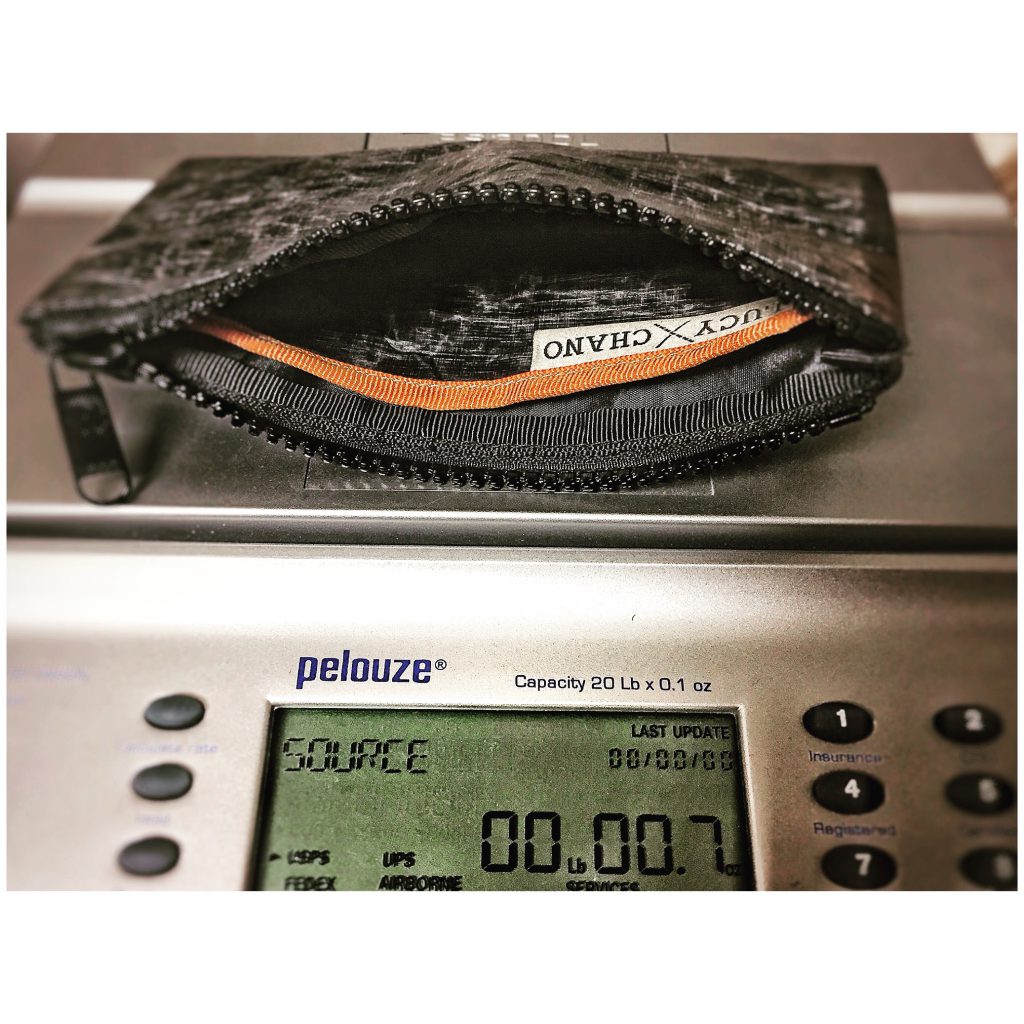
My new favorite material is extremely light weight and absolutely water proof. Dyneema is a composite with an outer layer of Mylar.
This single zipper cycling pouch is less than one oz. That’s pretty light.
The model shown here is unlined with a folded panel, trimmed with orange binding tape, used to create an internal divider so you can keep your phone on one side, money, ID and a credit card on the other side.
The internal seams are taped for a finished appearance but not taped with waterproofing in mind. Also, the zipper is not constructed to be completely water proof, however, for all practical purposes this cycling pouch is extremely water resistant and will keep the contents dry.
It’s designed to fit a phone comparable in size to the iPhone6 with a slim case; you know, one that’s not too bulky. We will also produce a version that fits the “Plus” sized phones. The zipper opening is 6″ on the model pictured here; YKK with plastic teeth – extremely durable.
This cycling bag is designed to carry your daily ride essentials and keep moisture away from your phone.
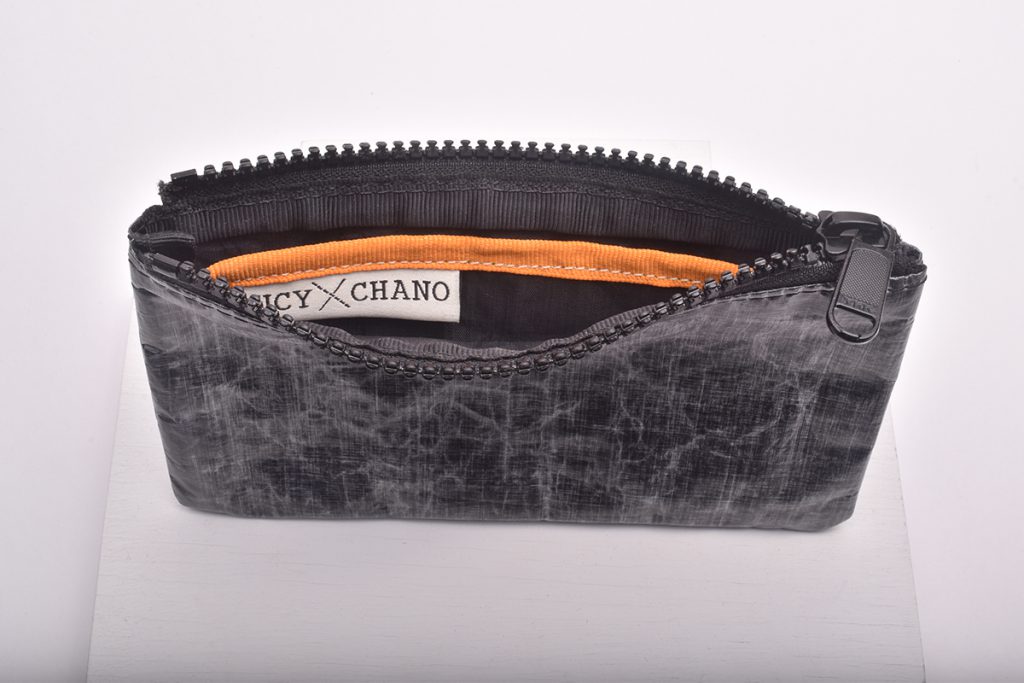
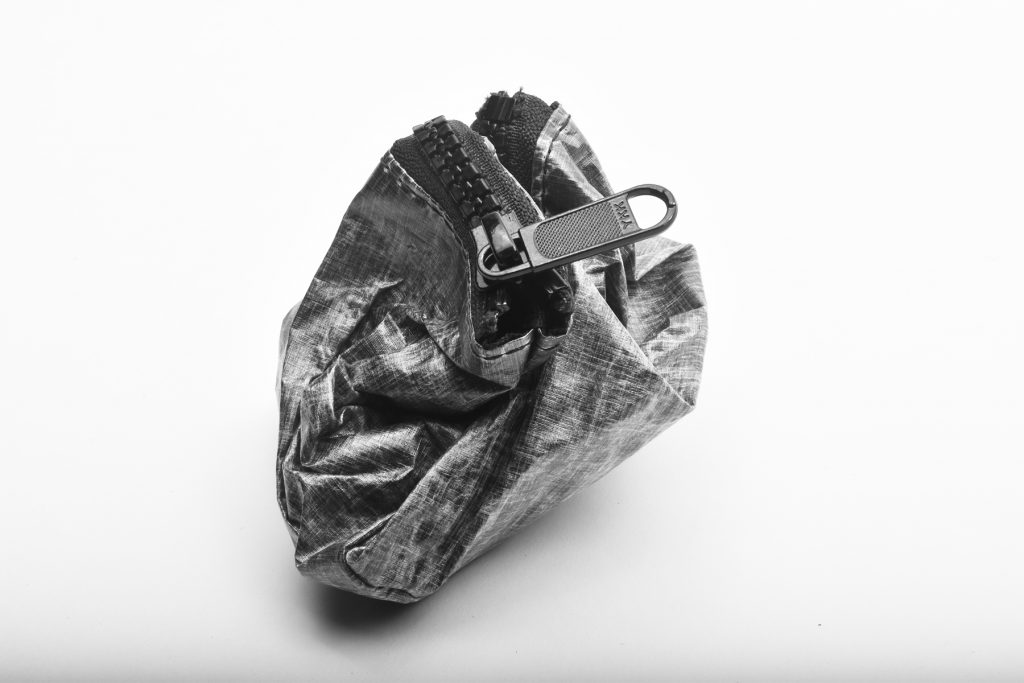
The photograph depicts my grandfather racing bikes in San Antonio, Texas in 1917, 100 years ago. He was 19 years old. My aunt gave me this photograph (it was hidden away in a shoe box) shortly after he passed away.
I was inspired to take the image and create a large paint by numbers canvas to commemorate my grandfather, decorate the shop, and launch an iconic image for the brand. The photograph didn’t have enough detail to get an adequate posterized version from Photoshop so an illustrator/painter friend, Mark Sasway (Instagram @sasway_illustration), manually created a “digitized” version from the photograph, which is about 3×2 inches, in four colors. We projected it onto a 12×12 foot canvas, a painters drop-cloth (you can see the seam running horizontally through the middle of the canvas), with some very old school projector technology, traced the lines and painted in the areas according to their number.
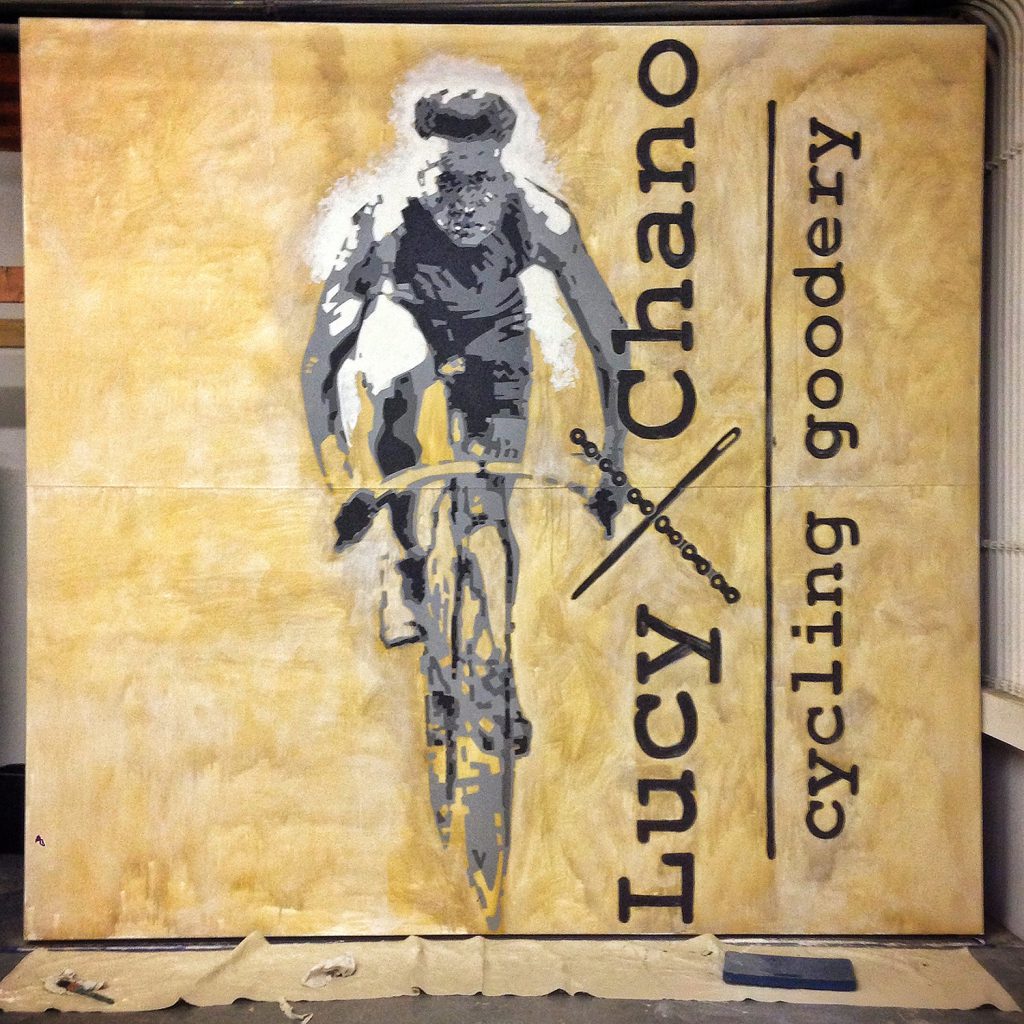
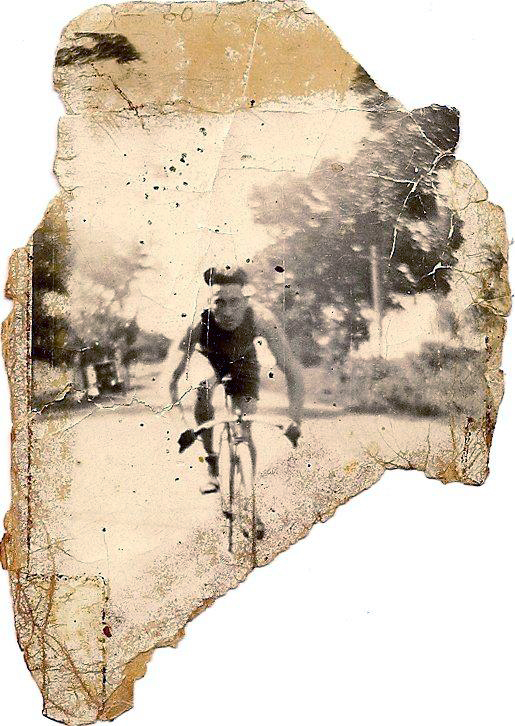
December 6, 2014, we borrowed a friend’s cargo bike and rode up the L.A. River Trail from the office in Signal Hill (a enclave municipality surrounded by Long Beach) to Victor Textiles in Downtown Los Angeles, on 8th Street in the Fashion District, to find a roll of canvas for the first musette bags. It was a wild adventurous day: beers at Angel City Brewery in the Arts District and tequila shots in the back office at Victor’s.
